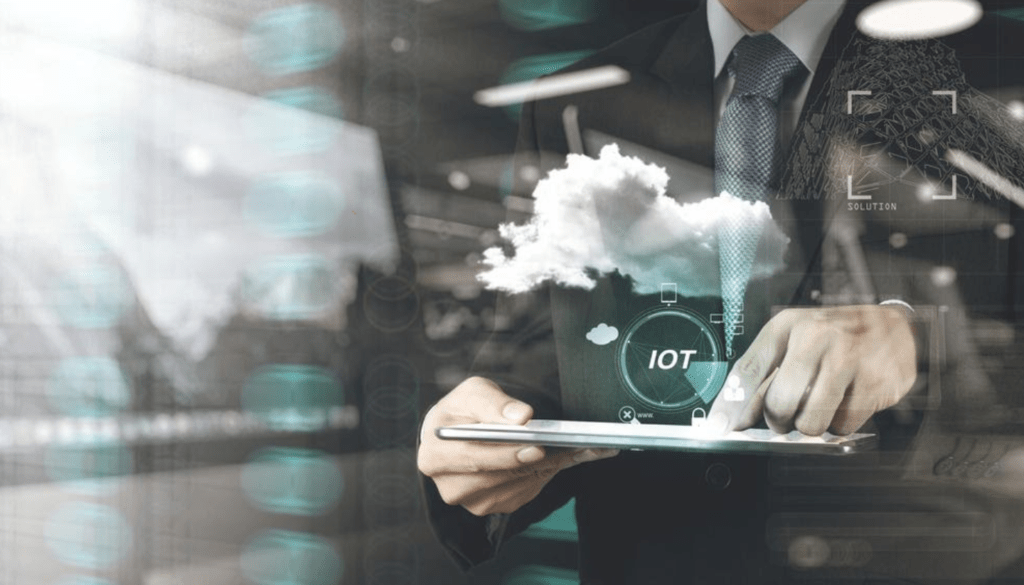The Internet of Things (IoT) transforms the daily physical objects surrounding us into an ecosystem of data that quickly changes our lifestyle. Fridges and cars, parking and residential buildings – all these facilities are already connected to the Internet of Things, and their amount is growing every day. Home systems will soon be able to control almost every step, such as closing and opening the front door or automatically ordering products when the fridge is empty.
IoT also poses some new risks, but many of them are familiar to us: the risk of sensitive data leaks. Cybercriminals will find new ways of hacking the smart devices. Who knows, maybe, in future, we will face the need to look through the best antivirus software for IoT, reading Avast or Bitdefender review, and installing them on our fridge.
In late November 2019, Forrester company published a report on what to expect from the Internet of Things market in 2020.
Consumers Will Use Smart Displays, Stimulating the Growth of Multimodal Design
Contents
These technologies are expected to develop rapidly in 2020, covering both personal and corporate devices. One of the most popular enterprise solutions will be conference room management solutions that allow entire groups to interact with remote users. As technology progresses, it will increasingly shift to multimodal design, giving equal importance to voice communication, display, and touch control. At the same time, leading developers will create software that will allow intelligent displays to adapt to different situations.
Cybercriminals Will Use IoT Devices to Obtain Ransom From the Manufacturers
While IoT offers many benefits, the growing number of smart devices extends the field of action for cybercriminals. Connecting all devices to the network makes them extremely vulnerable. In 2020, attackers are expected to use both personal and corporate devices for ransom. It means that cybercriminals can blackmail regular customers and device manufacturers. To prevent this, developers must work closely with security teams or hire experts who can integrate risk mitigation techniques.
Connected Trucks Will Use IoT to Transform Supply Chain
It is expected that IoT will provide more efficient freight logistics and optimize the supply chain. Constant communication and control will reduce the number of empty trucks, accelerating, and reducing the cost of transportation. Also, the IoT will help drivers to observe work and rest mode on the way, increasing the safety of freight transportation, as well as allow faster detection and correction of trucks’ damages.
In warehouses, IoT devices will be used to ensure the safe operation of machines and the movement of heavy objects on automated trolleys. The IoT technology will also help to improve the quality of customer service – delivery of goods will become more personalized.
Emergence of the Related Services Ecosystem
Many large companies offering connected products will provide services based on the IoT data. Connected products enable continuous communication between customers and manufacturers. They also generate constant costs for manufacturers who need to monitor product performance and update software. Therefore, manufacturers are looking for new sources of income for connected products to offset these costs.
According to the report, in 2020, large consumers and service providers will move from selling individual products to offering services IoT with the support of partners in a single ecosystem.
Bottom Line
The technologies of the world IoT fill the world of people, they are intended to make our lives more convenient, freeing us from many routine actions.
A separate question is whether we want to move to this level of automation and whether we are prepared to do so. But it will be a little more time, and these technologies will become the norm, and then there will be other innovations that will completely change our lives.

